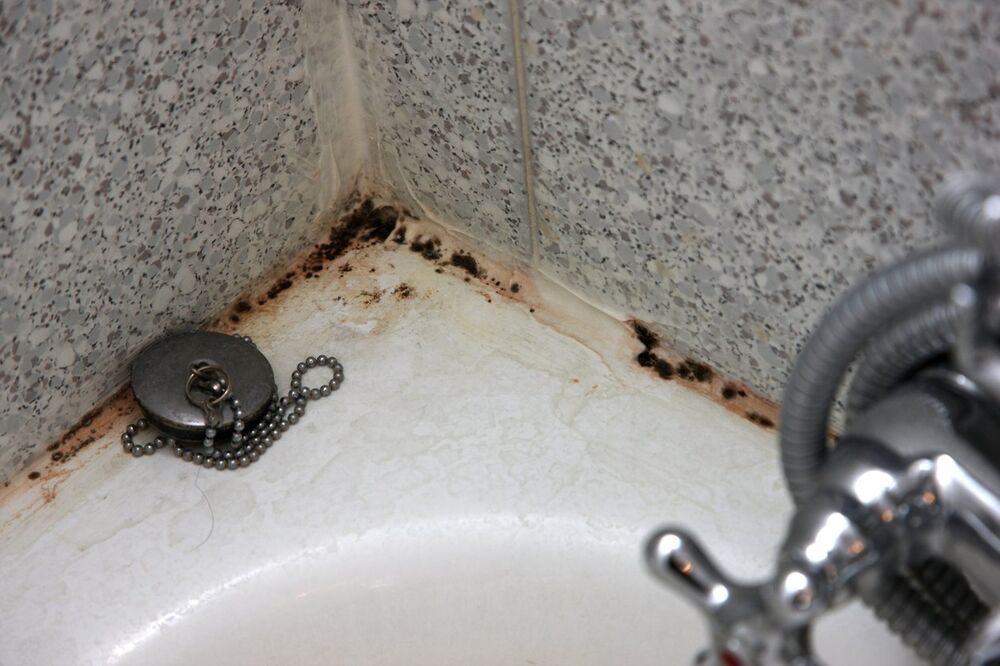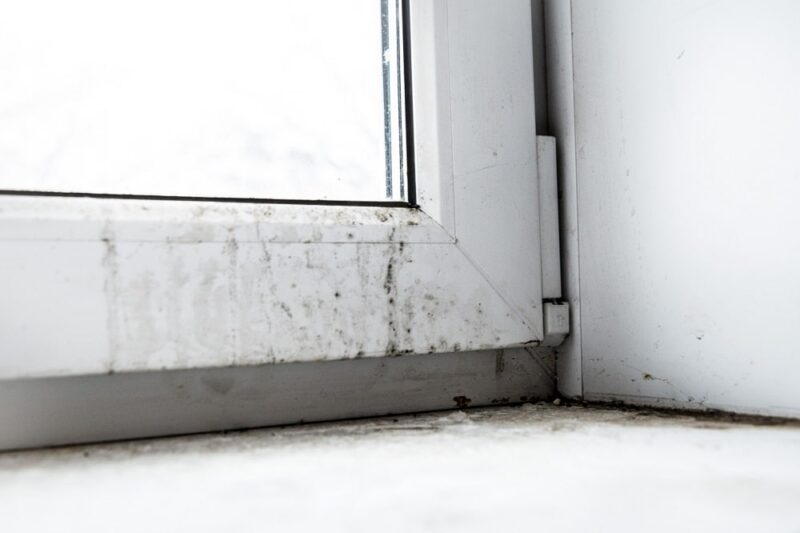Mold is more than just an unsightly nuisance; it can silently infiltrate our homes and, worse yet, our health. As spores drift through the air, they may not just trigger a cough or a sneeze; they can lead to a cascade of symptoms that often go unnoticed until they escalate.
From the sneezing fits of seasonal allergies to the more insidious impacts on respiratory and neurological functions, the effects of mold exposure can be as varied as they are alarming. Are you aware of how mold might be affecting your family? It’s time to pull back the curtain on this hidden hazard and explore the signs that could signal a serious health risk lurking within your walls.
Identifying Symptoms of Mold Exposure

Identifying symptoms of mold exposure can be quite challenging, as they often resemble those of other common ailments. Individuals may experience a range of signs including persistent sneezing, coughing, or itchy eyes, which might seem trivial at first.
However, the presence of mold can trigger more serious reactions, such as skin rashes, headaches, and fatigue that linger longer than expected. In some cases, asthma symptoms may worsen or appear anew, particularly in those with pre-existing respiratory issues.
It’s essential to pay attention to the timing of these symptoms; if they worsen in damp environments or improve when away from the affected area, it’s a strong indicator of molds potential influence on your health. Remember, quick action is crucial—ignoring these signals could prolong exposure and exacerbate health risks for you and your loved ones.
What to Do if You Suspect Mold Exposure

If you suspect mold exposure in your home, immediate action is essential to protect your family’s health. Start by identifying and addressing any visible signs of mold growth—this could range from dark spots on walls to a musty odor lingering in the air.
Ventilate the affected areas as much as possible and consider using a dehumidifier to reduce moisture levels. Ensure that your family members, especially those with pre-existing respiratory issues or weakened immune systems, limit their exposure until the situation is resolved.
Consult a healthcare professional if anyone exhibits symptoms such as coughing, sneezing, skin irritations, or other respiratory problems. Finally, do not hesitate to contact mold remediation experts who can assess the situation and safely remove the mold, ensuring your home is restored to a healthier environment.
Preventing Mold Growth in Your Home

To prevent mold growth in your home, it is essential to maintain a dry and well-ventilated environment. Start by promptly fixing any leaks in roofs, walls, or plumbing, as moisture is mold’s best friend.
Utilize exhaust fans in high-humidity areas, such as kitchens and bathrooms, to expel excess moisture. Regularly check and clean gutters to ensure proper drainage and prevent water from collecting around your foundation.
Furthermore, consider investing in a dehumidifier, especially in areas prone to dampness. Remember, mold can thrive in the unlikeliest of corners; be vigilant with seasonal inspections in basements, crawl spaces, and behind appliances, where humidity can quietly accumulate.
By taking these proactive measures, you can create a less hospitable environment for mold and protect your family’s health from its potential dangers.
Conclusion
In summary, mold exposure can pose significant health risks, especially for vulnerable populations such as children, the elderly, and individuals with pre-existing respiratory conditions. Recognizing the symptoms associated with mold exposure, including respiratory issues, skin irritations, and fatigue, is crucial for early intervention and prevention of more serious health complications.
If you suspect that mold may be affecting your home, reaching out to a reputable Mold Inspection Company can provide you with the necessary expertise to identify and address the problem promptly. Taking proactive measures to ensure a safe living environment is essential for the well-being of your family and can help mitigate the potential health risks associated with mold exposure.


